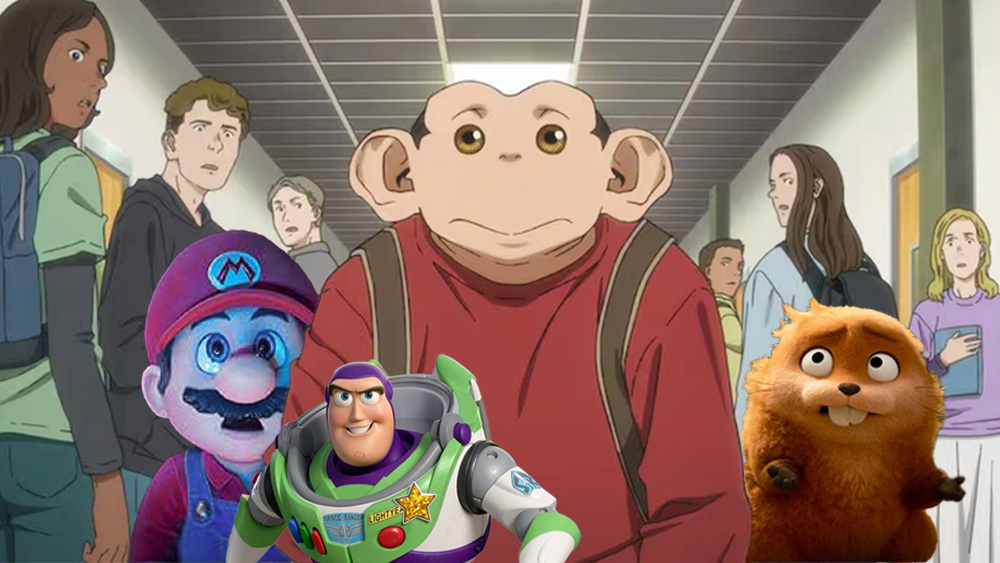How the creative team behind Netflix's Arcane pushed the animation even further for the second season
The animation studio Fortiche reveals its winning formula for adapting game characters and worlds to the screen.
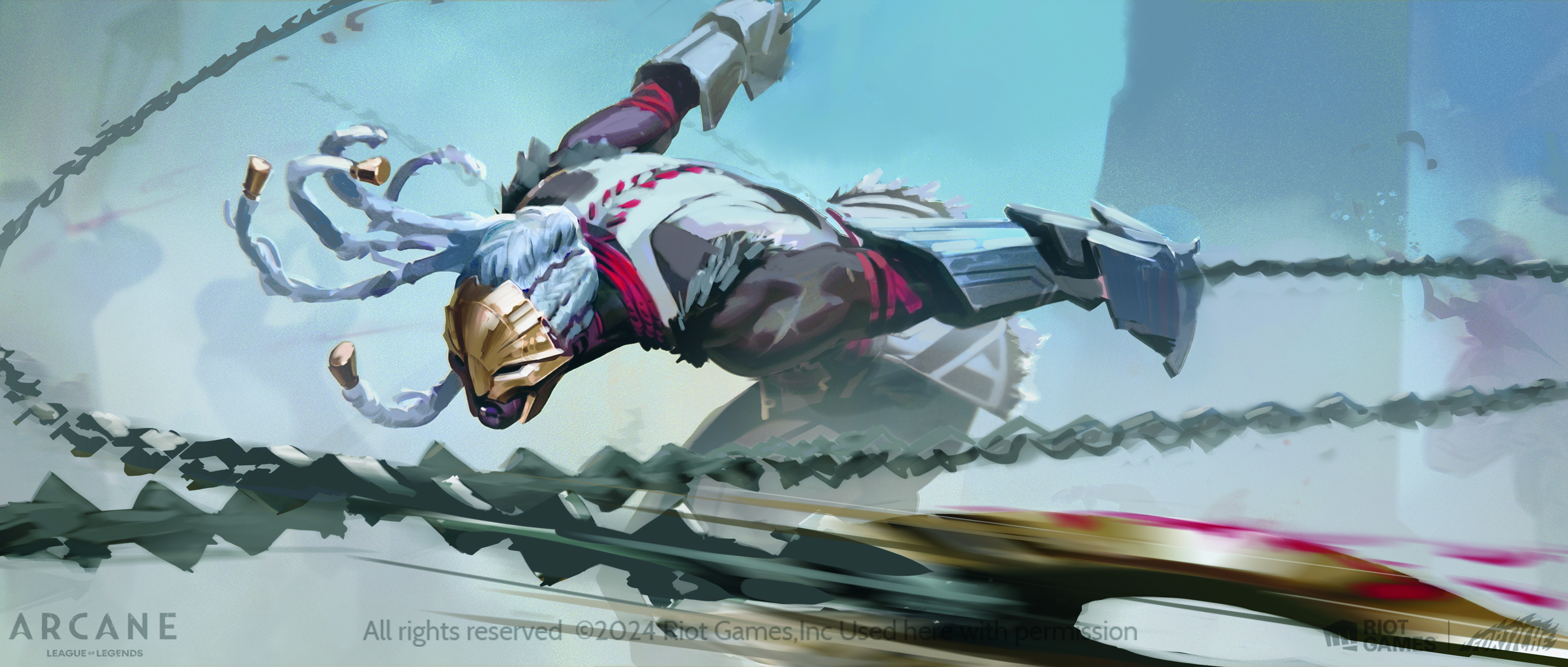
The expectations were high for the second season of Arcane. The series, which is set in Riot Games’ hugely popular League of Legends universe, was an instant hit with fans of the franchise and new viewers alike when it was first released on Netflix in 2021.
To give audiences the pay off they deserved, the creative team wanted to take every aspect of the show to the next level for its follow up. The success of Arcane can be put down to its gripping plot, engaging characters and stunning visuals. This is also true for the second season, which first aired in November of last year and topped the Netflix charts in over 60 countries.
The result of eight years of production work, Seasons One and Two were produced almost in one continuous cycle, with work on Season Two starting before the first had even been broadcast.
We caught up with the team at French animation studio Fortiche to learn how they carried the momentum forwards (if you're starting in the field yourself, see our guides to the best animation software and the best laptop for animation).
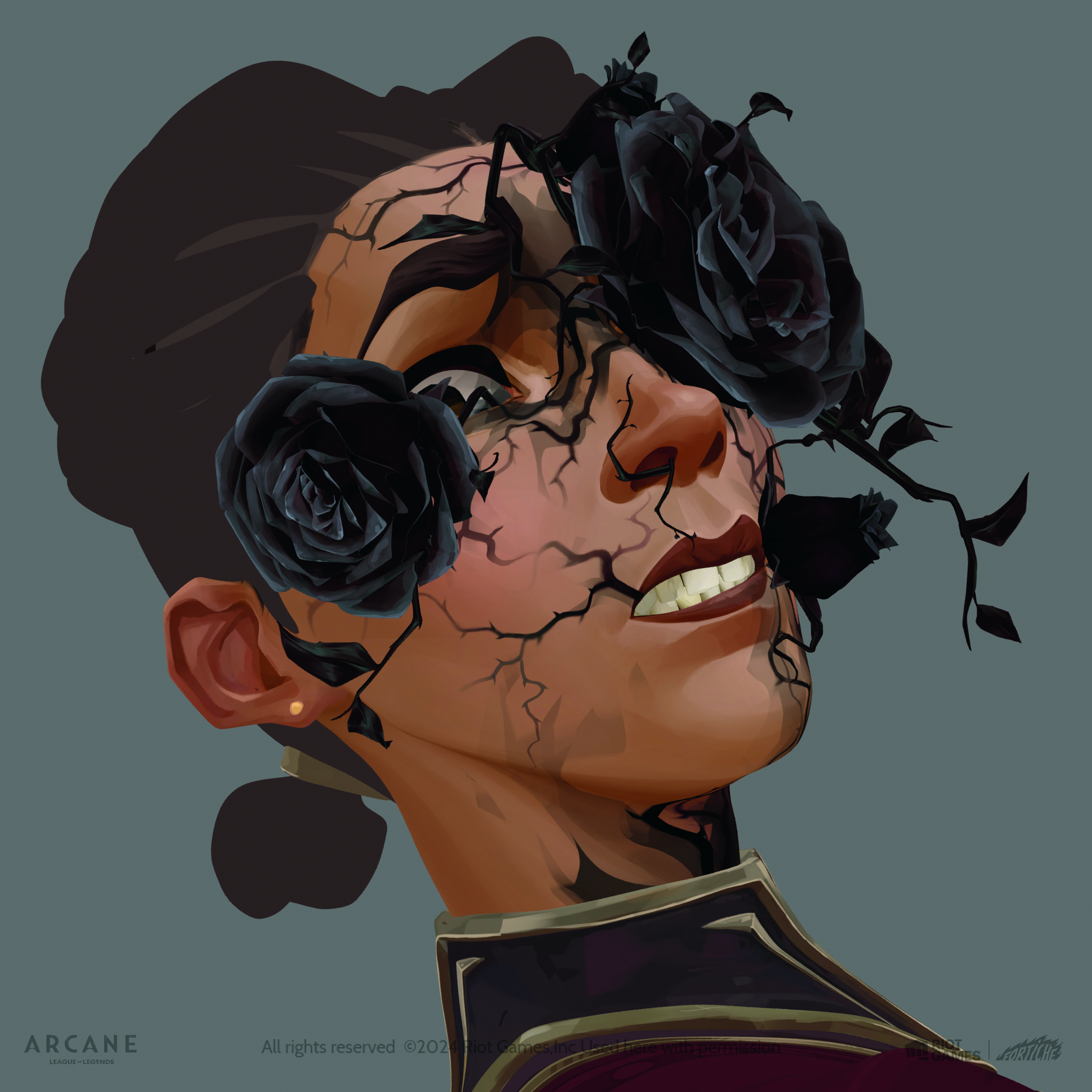
“For the second season, we wanted to elevate Arcane’s visuals even further while staying true to the elements that captivated audiences in Season One,” says director and Fortiche co-founder Pascal Charrue. “Riot gave us significant creative freedom, allowing us to collaborate with extraordinary artists.”
This decision includes the watercolour sequence found in Episode Six, which was created in partnership with Éléa Gobbé Mévellec, the acclaimed director of The Swallows of Kabul.
“At Fortiche, our ambition is to create ‘animated concepts’ in every frame,” Pascal adds. “We’re deeply committed to delivering a unique viewer experience, crafting stunning visuals, and evoking strong, relatable emotions through immersive directing.
Daily design news, reviews, how-tos and more, as picked by the editors.
“Our goal is to transcend traditional animation, offering viewers an entertainment experience that feels closer to live-action through a blend of impactful and one-of-a kind aesthetics.”
Arcane already established a signature style that blended 2D and 3D elements in Season One, so for Season Two Fortiche wanted to push boundaries by integrating more VFX and alternative artistic directions such as watercolour, charcoal and comic-style rendering.

“As you’ve likely noticed, we love to create a seamless integration between the music and the visuals,” says animation lead Alexis Wanneroy. “In Season Two, we leaned into this approach even more, treating certain sequences like music videos. This not only provided editorial breathing room but allowed us to experiment with unique visual treatments, giving each episode its own flavour while maintaining the essence of Arcane.”
Mixing artistic techniques is a part of Fortiche’s DNA, so much so that some artists refer to it as the Fortiche Touch. This approach is a reflection of the diverse artistic backgrounds behind the studio’s founders, and is best exemplified by its unique visual style that combines drawing, 2D painting and 3D animation.
“We’re deeply detail-oriented, and believe that even the smallest touches 38 Arcane’s locations referred to everything from art deco design to Alphonse Mucha’s The Slav Epic add up to make the world feel more grounded and authentic,” Pascal explains.
“Our approach to artistry is rooted in emphasising the human gesture. While 3D renders can appear sleek and overly polished, our goal is to create visuals that feel hand-shaped with the natural imperfections that bring them to life. By blending 2D and 3D, we achieve a distinctive look in the visuals – an authenticity that feels personal and handcrafted.”
This experimental approach can be seen from the start of Season Two, which opens with a funeral sequence animated in melancholic charcoals. It’s just one of many times during the season where mediums are taken in a new direction to reflect the action or the feelings of the characters.
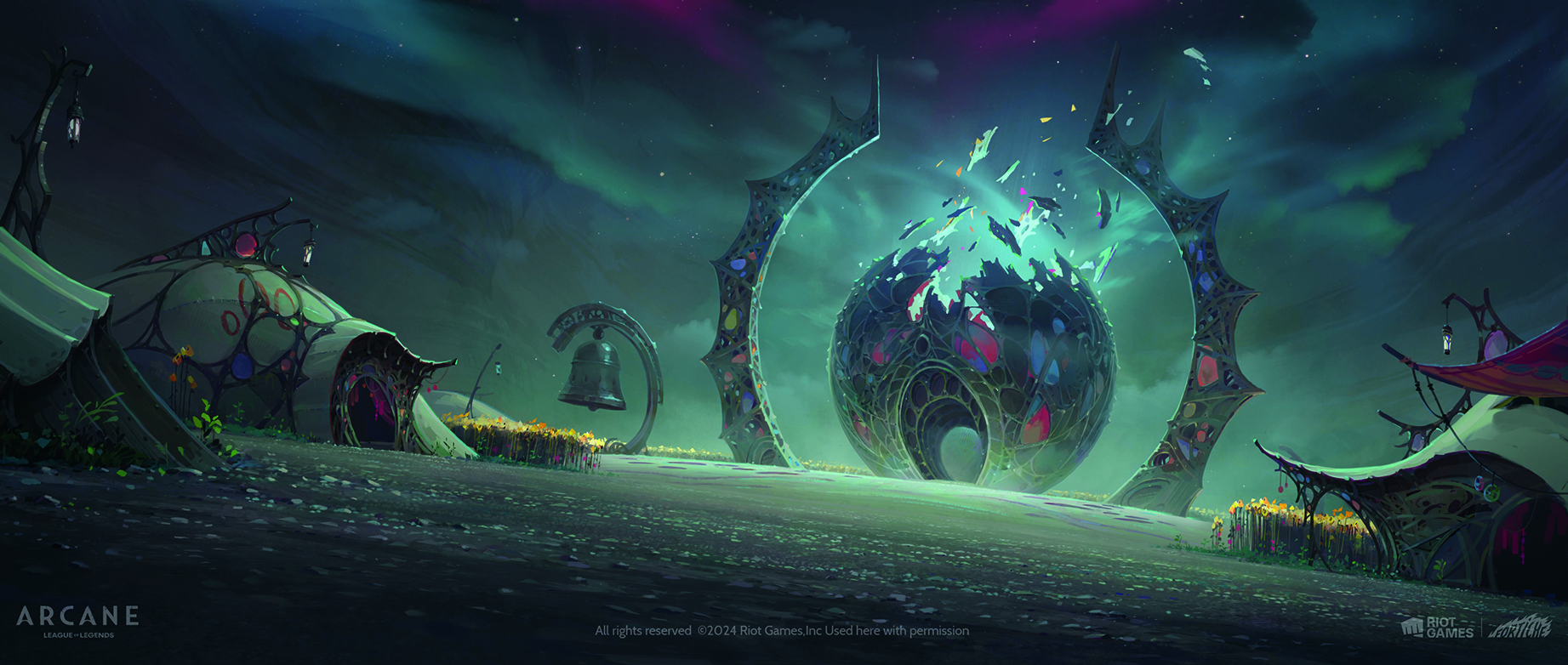
“These intros enabled us to explore more art styles and go all-in on intricate visuals without alienating audiences,” says Alexis. “The different styles also helped us showcase the feelings of the characters and really anchor the narrative.
For example the charcoal, almost black and white intro in Episode One helps the viewers feel Vi’s grief. These visuals are a way for us to push the boundaries even further, but we never lose sight that they have to serve the narrative.”
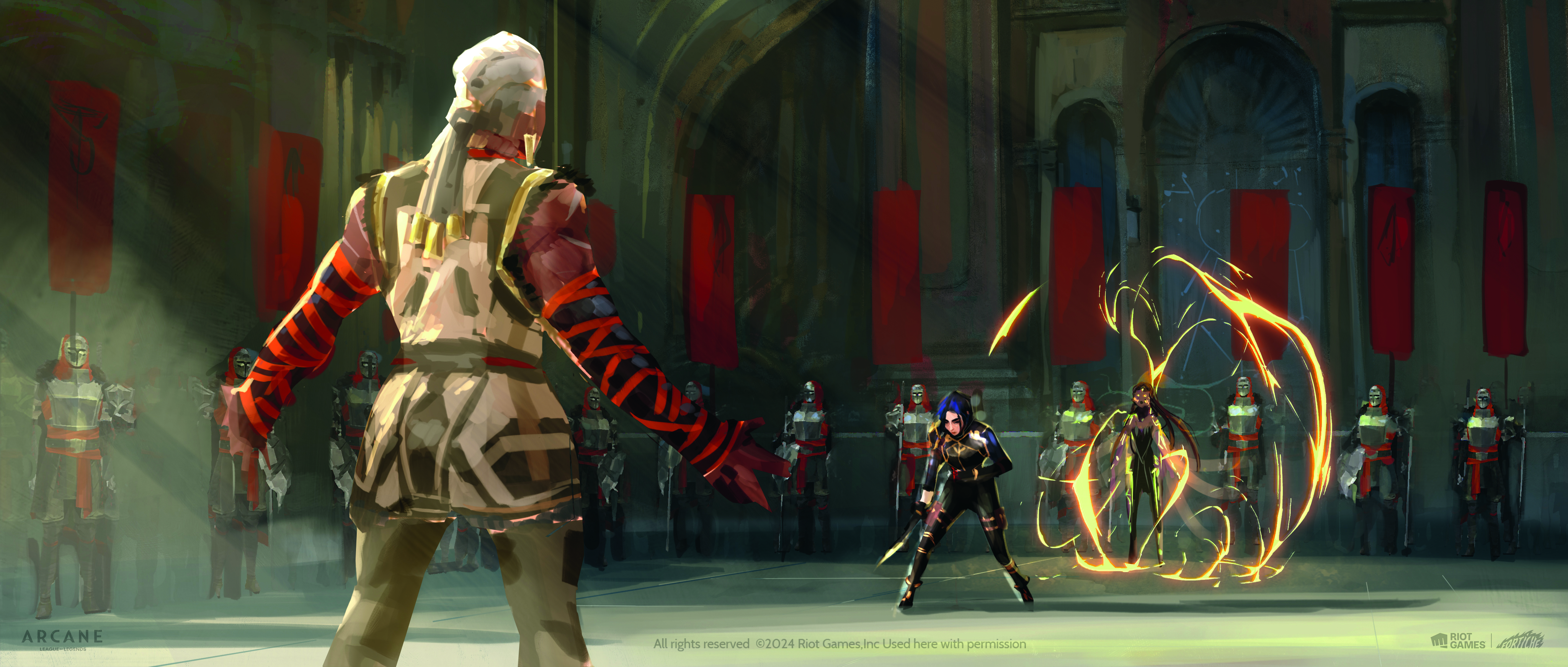
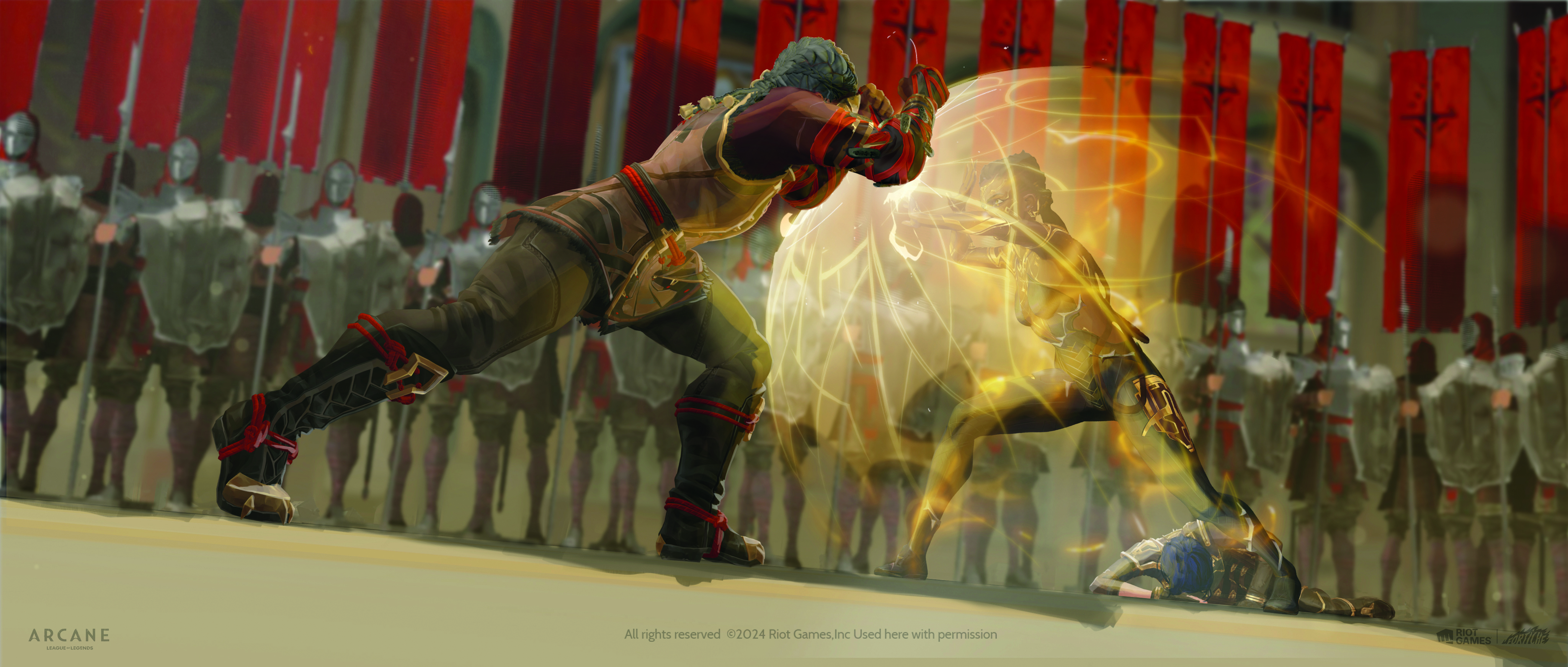
Familiar faces
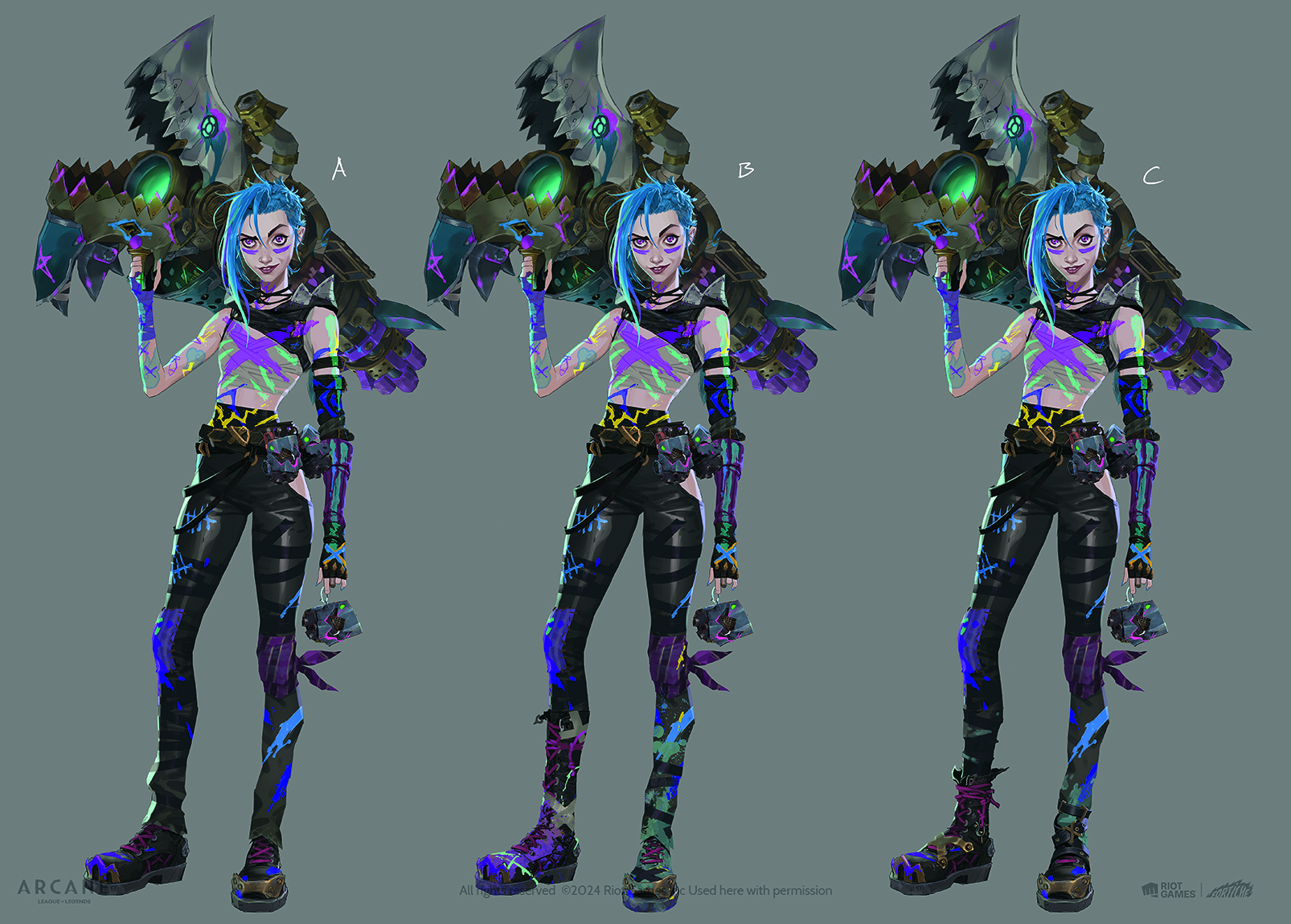
Speaking of characters, the look of the show’s leads, sisters Jinx and Vi, also changed. “In Season One, only Jinx really became as powerful as she is in League of Legends,” says Pascal. “In Season Two, we gradually made the champions look closer to their in-game counterparts by evolving the design of their clothes and weapons.
“For instance, a fight between Jinx and Vi happens early in the season, with Vi dressed in uniform to embody everything Jinx hates. Meanwhile Vi has always been a protector, but she starts Season Two without someone to look after. Her world has become black and white – literally – and we felt she would hide all her distinctive features, like hair and tattoos, to focus on what she’s good at: fighting.”
For Fortiche, Arcane’s second season was all about making the characters evolve. Time skips in the narrative gave the animators the opportunity to develop the look of the characters even further, while the musical sequences at the start of each episode helped to convey where they were emotionally in their story.
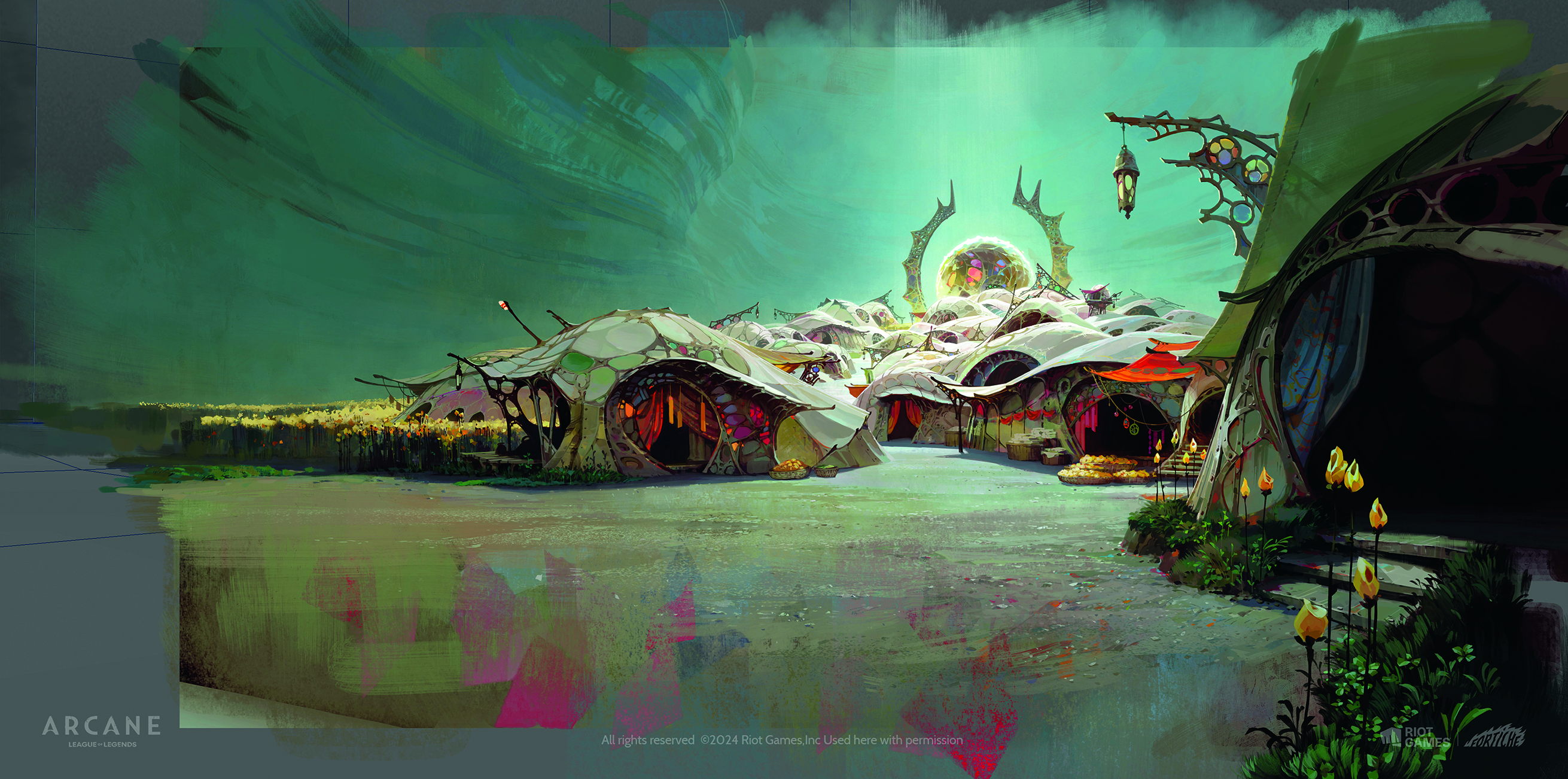
To stay true to the art style of League of Legends, Fortiche worked closely with showrunners Christian Linke and Alex Yee. “Christian and Alex are both great experts of League of Legends’ world and lore,” says Alexis. “They know Runeterra like the back of their hands.
But they are also open to feedback and allowed us to explore the world and make it our own on the animation side. “The production of an animated show is often very segmented, with the script being locked way before the animation process starts. But this very close relationship we had with Riot enabled us to actually make the story evolve throughout production. It’s truly a collaboration between writers and artists that go forward together.”
Winning formula
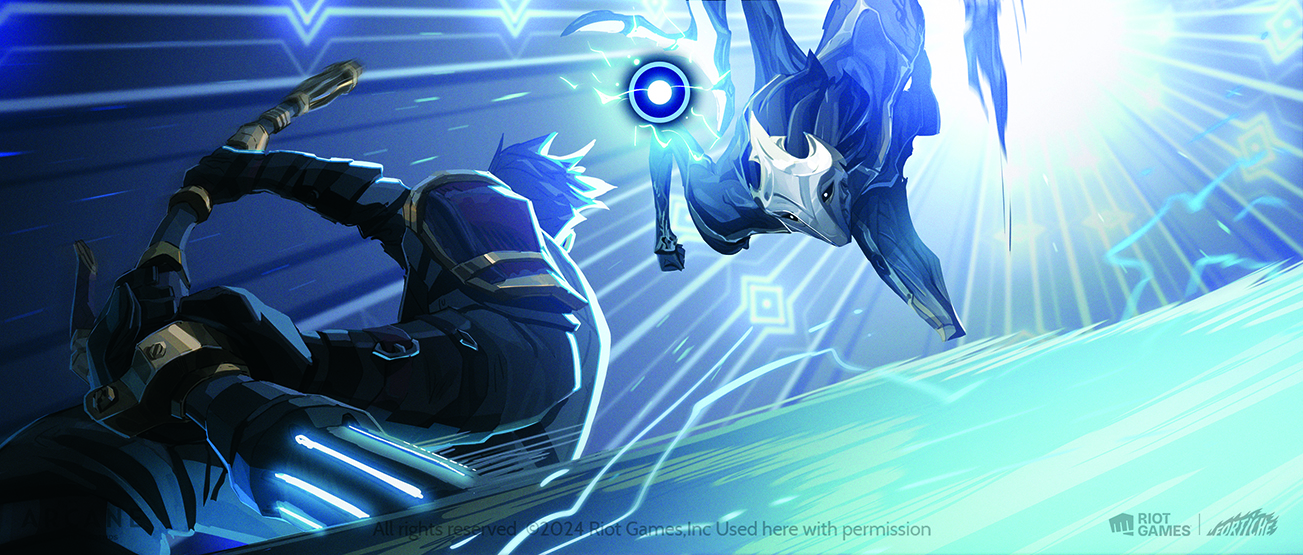
Adapting a video game is far from easy, but Arcane effortlessly made the leap and attracted a new audience in the process. This is thanks in part to Fortiche’s creative approach, which made sure that even someone who has never heard of League of Legends can understand and enjoy the series.
“On the art direction side, we make sure that our references are grounded 42 to make it easier for a newcomer to understand what is at stake and how the world works,” says pascal. “For example, we looked at art deco and art nouveau as inspiration for Piltover. It contrasts greatly with Zaun’s dark, seedy and almost cyberpunk look.
Even if you don’t know the game, you’ll be able to tell how these cities work in relationship with one another because it stays grounded. “It’s the same for the character relationships and feelings, such as Vi and Jinx’s complicated sibling relationship, and Jayce and Viktor’s friendship. They are still very human even in this magical world that’s very different from ours.”
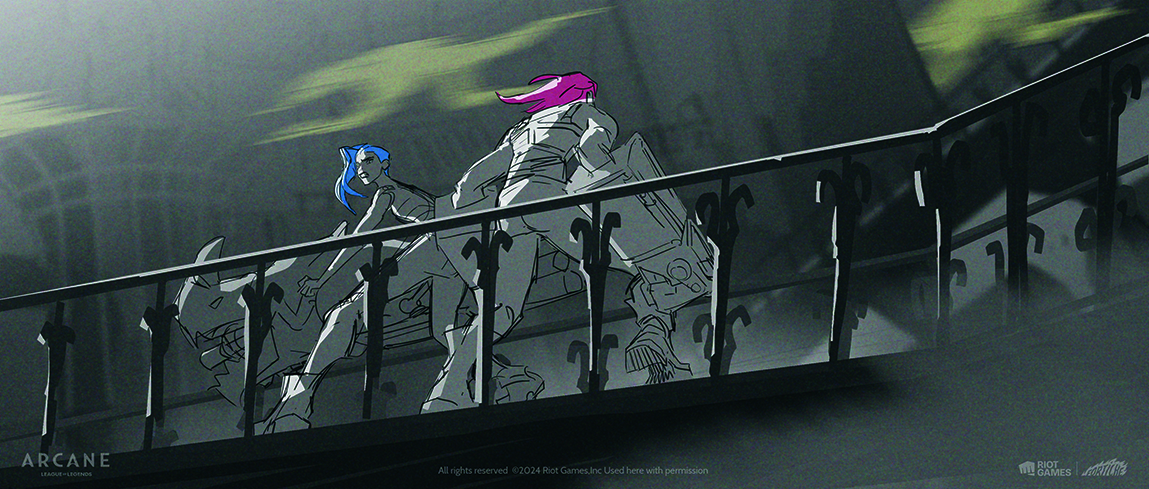
Focusing on depth, backstory and visual storytelling are at the heart of creating rich worlds and characters like those in Arcane. For artists hoping to replicate this success, Fortiche stresses the importance of building characters with clear motivations, unique personalities, and histories that influence their actions.
“For the world itself, think about its rules, culture and environments – how do they shape the characters and narrative?” says Alexis. “Every decision, from the character’s design to the compositing, should serve the story and help communicate the themes you want to explore.”
Developing a character in Arcane style

Season Two of Arcane saw the introduction of lots of new characters, including Steb, Lest, Isha and Maddie. Each one went through meticulous design processes that required close collaboration with Riot Games, especially when working with characters that already exist in the League of Legends lore.
“Each design begins with Riot’s creative guidelines, which we build and iterate on closely with their team to ensure authenticity and alignment to the universe,” Pascal explains.
“The process starts with rough exploratory sketches where the team tests out different archetypes, body types and styles. This phase allows us to explore a variety of possibilities. Once we’ve honed in on a direction that resonates with the directors, we dive deeper into refining the concept in more detailed and polished designs.”
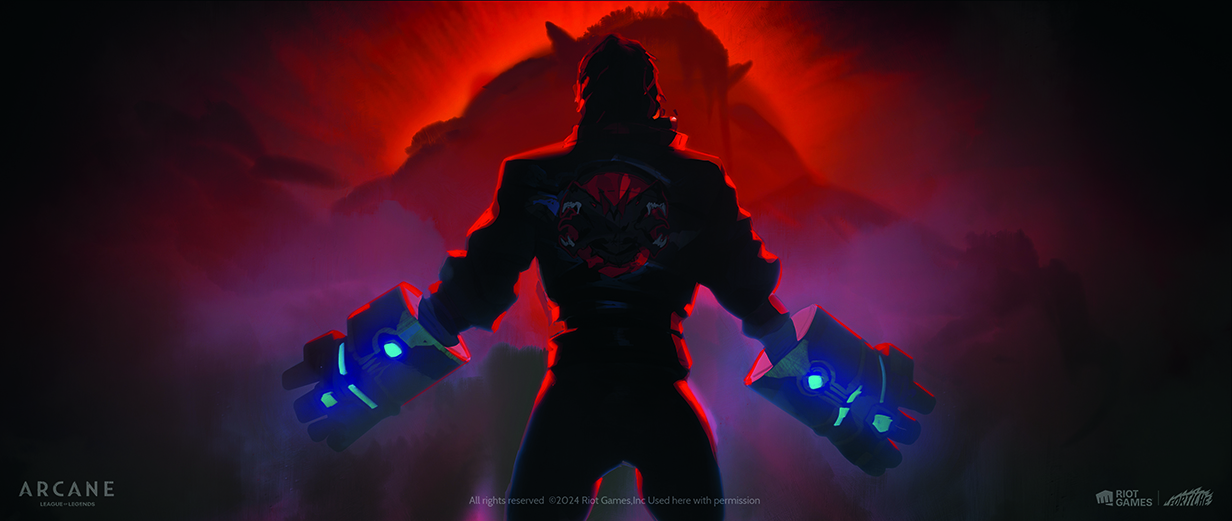
Once the artistic direction is approved, the team moves into a technical design phase. Pascal adds: “This involves adding close-up details, annotations and technical notes, such as how specific elements of the character move or function. We also make comprehensive turnarounds with back, side and profile views that will guide the 3D modelling and animation teams.”
This layered approach ensures each character is visually compelling, grounded in the narrative, and technically feasible for the screen.
Inside the series' animation pipeline
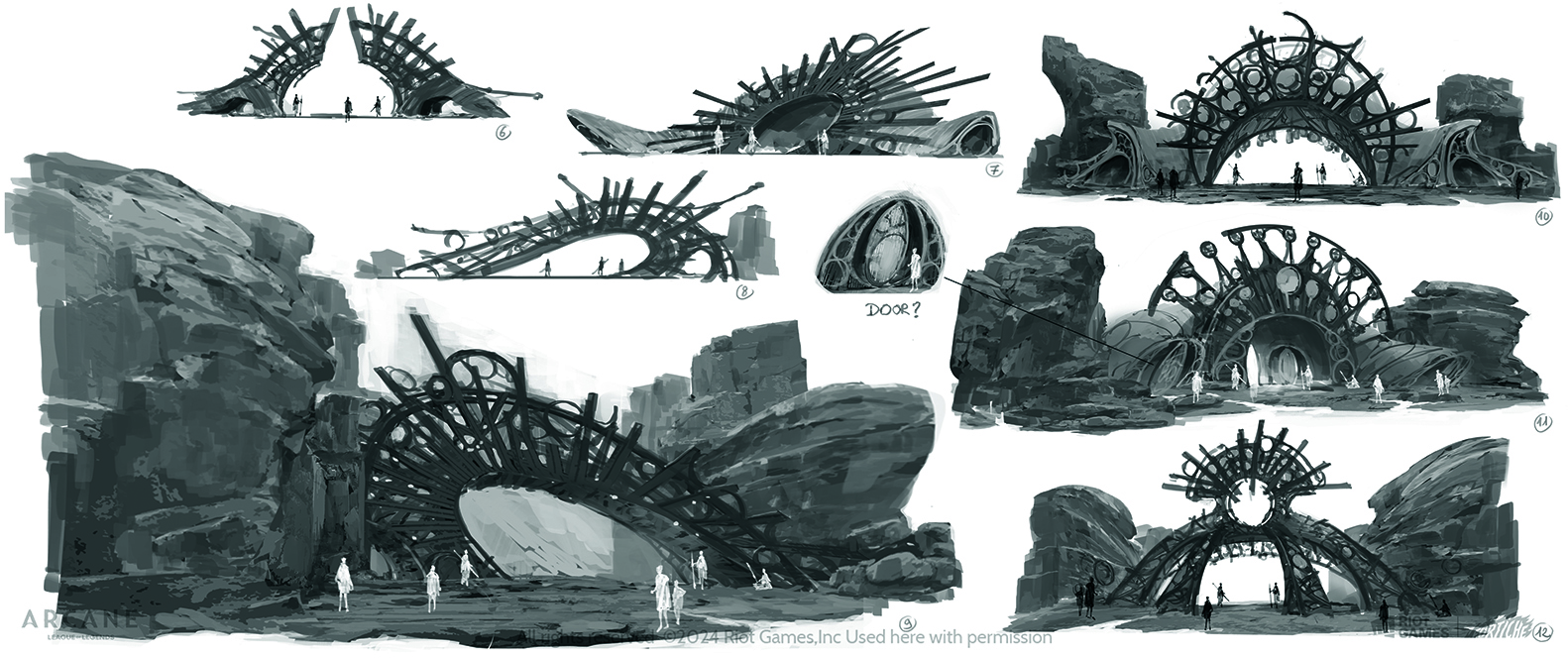
During the early stages of creating an episode, the Fortiche team would share mood boards with Riot to establish the look and feel of locations, characters and scenes. These mood boards then evolved into detailed storyboards.
The storyboarding process plays a critical role in helping animators understand the intentions behind both the acting and the shot itself. Each camera angle is chosen with purpose, ensuring composition, mood, intent and the overall cinematography are precisely crafted to support the narrative.
A significant amount of time is spent in storyboarding to lock down these elements, allowing the animation department to focus their efforts on delivering authentic and believable performances. By respecting the groundwork laid out by the storyboards, the animators can ensure that every frame stays true to the original vision while elevating the characters’ acting to bring the story to life.
For more animation inspiration, see our interview with the character designer behind Netflix anime Sakamoto Days about how the manga was adapted for the screen.
This article originally appeared in ImagineFX. Subscribe to ImagineFX to never miss an issue. Print and digital subscriptions available.

Dom Carter is a freelance writer who specialises in art and design. Formerly a staff writer for Creative Bloq, his work has also appeared on Creative Boom and in the pages of ImagineFX, Computer Arts, 3D World, and .net. He has been a D&AD New Blood judge, and has a particular interest in picture books.
You must confirm your public display name before commenting
Please logout and then login again, you will then be prompted to enter your display name.
